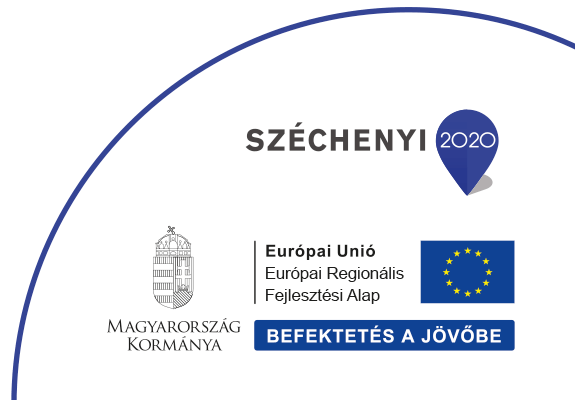Puskás Bernadett
A Kárpát–vidéki ikonosztáz korai Deészisz ikonjai: Deészisz kiválasztott szentekkel
Tartalom
1. Bevezetés; 2. Egyetlen táblára festett Deészisz: Hét és kilenc alakos Deészisz; 3. A Deészisz alakjainak ikonográfiai jellemzői; 4. A tizenhárom és tizenöt alakos Deészisz; 5. A huszonegy alakos Deészisz; 6. A formai tagolás megjelenése a Deészisz sorban; 7. A külön ikontáblákból álló Deésziszek; 8. Összegzés
ABSTRACT
The basic line of icons in early iconostaseis in the Carpathian region was the Deesis, since the basic line of icons was neither thematic nor numerical, these images were not used together. The theme of the Deesis icons is intended to represent the unceasing prayer of the Church. The composition was influenced mainly by the liturgical texts of the Byzantine Church, the Eucharistic Prayer of Thanksgiving and the prayers of the Litany. The Deeses of the Carpathian region invariably present whole figures, either painted on a single long panel or divided into several panels. The 15th century iconography remained in force until the mid-16th century. In terms of the number of figures, seven, nine, thirteen, fifteen and even twenty-one figure Deeses survive. The central axis of the composition, both ideally and visually, is the enthroned Christ, who is approached from the left and right by a pair of figures, led by the Mother of God and John the Baptist. According to the surviving icons, the series includes, after the archangels and the main apostles, the figures of saints considered important by the Church and its community, including holy high priests, hermits and even Old Testament characters.

